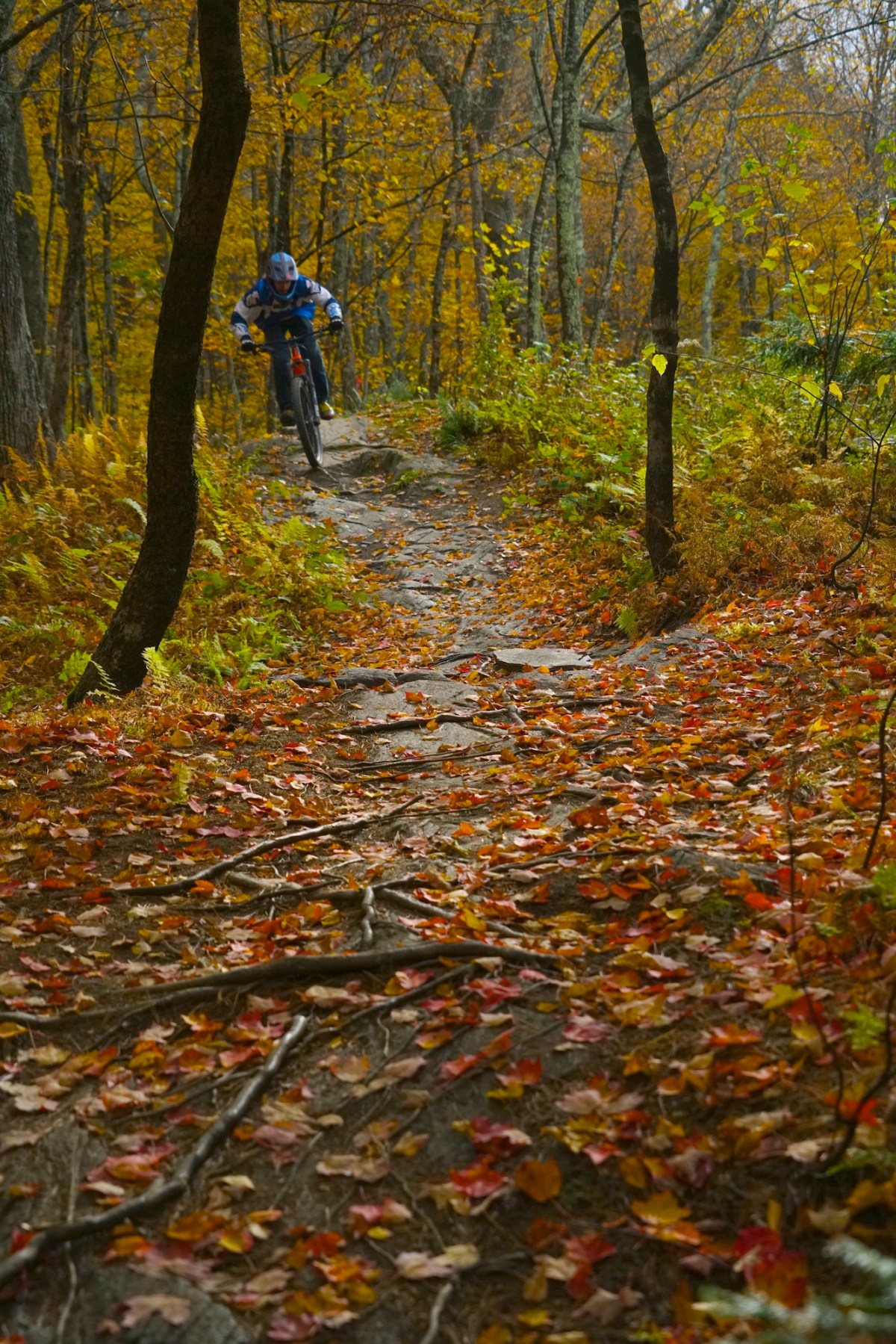The New England Lost Ski Areas Project is a charmingly antiquated website with lots of information on exactly 604 New England ski hills that have come and gone. Berkshire East, a mountain in western Massachusetts’ Pioneer Valley, could have easily been on that list. It was founded in the mid-1950s and featured two rope tows and a 200-foot vertical drop. It closed after just one season, but re-opened in 1961 with a double chairlift to the summit of 1,540-foot Mt. Institute, giving skiers five times more vertical per run. But by the mid-70s, poor management landed the operation in bankruptcy—and that’s when the good stuff started happening.
As current general manager Jon Shaefer tells it, his father Roy bought the resort for a dollar from the local bank in 1976 and began running the place with his family. They focused on improving the skiing, cutting more runs and adding more lifts and snowmaking. Had they stopped there, Berkshire East may have had a 50-50 chance of surviving another 20 years. Instead, the Shaefers have built one of the most fully-featured four-season mountain destinations on the East Coast—all powered by renewable energy. The linchpin is Thunder Mountain Bike Park, a lift-accessed downhill operation that rivals other bike parks-slash-ski areas like Mountain Creek, Highland Mountain, and Killington.

Photo Credit: Courtesy of Berkshire East
As climate change and large corporate consolidation trends in the ski industry threaten small ski areas, the Shaefers seem to have found the right formula for survival—diversification. When the four-season journey began for Berkshire East in 2009, all of its revenue came from winter operations. Today, after growing the winter business, summer and winter revenues are about equal. “So far, we’ve built it and they’ve come,” Shaefer says. “We plan to be here for a long time.”
The transformation began in 2009, when Jon Shaefer and his brother Jim, the resort’s current owner, built a zip-line on the mountain—one of the first in the U.S. In 2011, they added a 900-kilowatt-hour wind turbine to the summit, and built a nine-acre solar tracking system on a nearby field, making Berkshire East the only resort in the world—so it claims— to supply all its own power (and then some) with onsite renewable energy. Then, in 2015, came the Thunderbolt Mountain Coaster, Thunder Mountain Bike Park and Berkshire Whitewater, which offers guided rafting trips down the Deerfield and West Rivers. That year, the Shaefers also purchased the Warfield Inn, a 14-room property for lodging and events, across the road from the mountain.
“You kind of have to throw yourself at these sports and dig into them like the ski area operators and founders of the sport did in the 1940s, ’50s and ’60s,” says Jon Shaefer, 39. He explains, with true admiration, how those pioneers built lifts to the summits of huge peaks, yet notes with equal derision that nowadays many resorts are content to limit their summer activities to a small footprint near the parking lot. “People call bullshit on that pretty quickly,” he quips.
It’s safe to say no one is calling BS on Thunder Mountain. It was designed and built by Gravity Logic, a company founded by the people who made Whistler’s famous bike trails, and features everything from three-mile beginner-friendly descents to pro-level jump trails with mandatory drops and gaps. Mike Egeland, 55, a print shop manager from Ashby, Massachusetts, has had a season pass to Thunder Mountain since it opened. He has 10 years of downhill experience, and he’s still summoning the courage to try some of the bigger features on the park’s newest jump trail, Fort Hill. “Thunder’s got everything you need to take yourself as far as you want to go,” he says.
Still, Egeland explains, the vibe at Thunder Mountain isn’t intimidating for beginners. “It’s a friendly scene,” he says. “New people come up to me and ask what trail they should ride. We take the time to talk to them and figure it out. Everybody is inclusive to all levels. We’ve all been there.”
